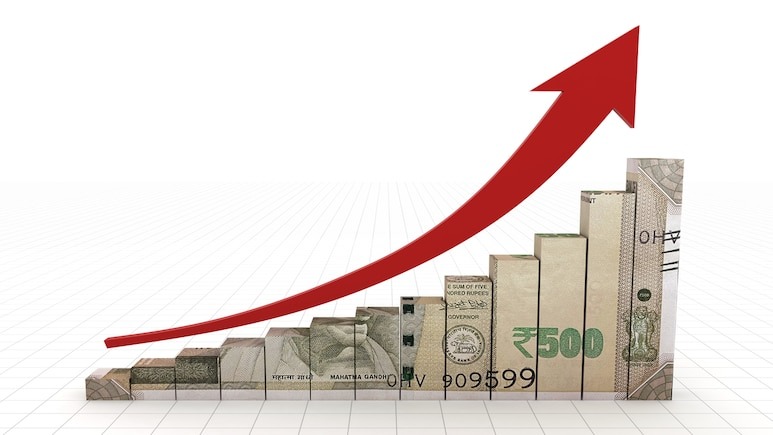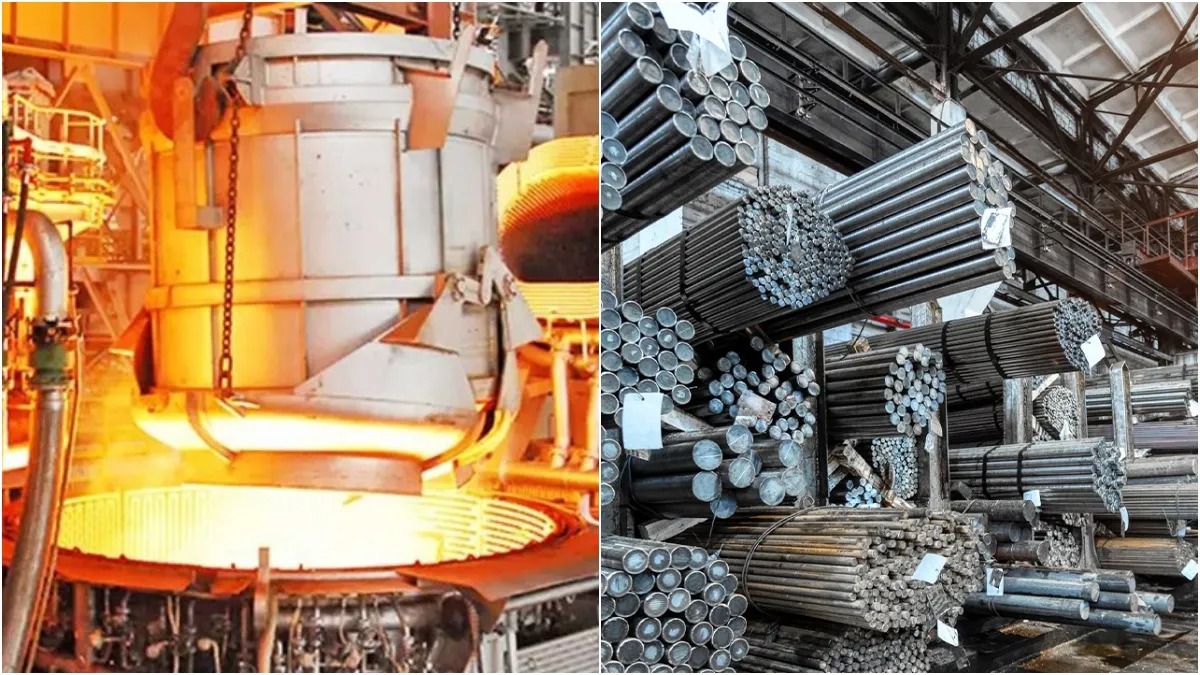
New Delhi:
India is on track to becoming a high-income country with a projected GDP of $23-35 trillion by 2047. A report by Bain & Company and NASSCOM highlights that sustained annual growth of 8-10% will drive this transformation. Factors like a growing workforce, technological advancements, and sectoral reforms will play a crucial role in this economic shift.
Key Growth Sectors
Five major sectors—electronics, energy, chemicals, automotive, and services—will be instrumental in India's economic expansion. These industries align with global trends, and their growth will be supported by:
- Increasing disposable income
- Expanding skilled workforce
- Ongoing improvements in infrastructure
The report underscores the importance of investments in digital and transport infrastructure, domestic manufacturing, and research & development. Strengthening these areas will position India as a key player in global trade and technological advancements.
With nearly 200 million people expected to enter the workforce in the coming years, India has a unique opportunity to create high-value jobs and maximize its economic potential.
Opportunities in Green Energy and Technology
India’s renewable energy share is projected to rise from 24% in 2023 to 70% by 2047. Emerging technologies such as AI-powered design and digital twin technology will accelerate industrial growth.
The report suggests that continued government investment in digital and transport infrastructure could help India establish itself as a global technology leader.
Sangita Gupta, Senior Vice President of NASSCOM, emphasized, “By strengthening digital and transport infrastructure, boosting domestic manufacturing, and promoting collaborative research and development, India can lead in global trade and future technologies. A tech-driven approach is essential for inclusive and sustainable growth.”
Electronics and Automotive Industry Boom
India's auto-component exports could reach $200-250 billion by 2047, while the electronics sector is expected to grow into a $3.5 trillion global manufacturing hub. The country’s share in the Global Value Chain is set to rise from 3% to 10% by 2027.
Lokesh Payik, Partner at Bain & Company, stated, “Electronics will play a vital role in this journey, evolving into a $3.5 trillion global manufacturing hub by 2047 and contributing over 20% to global output.”
India’s economic trajectory suggests that strategic investments and policy reforms can make it a dominant force in the global economy.

 Share
Share






